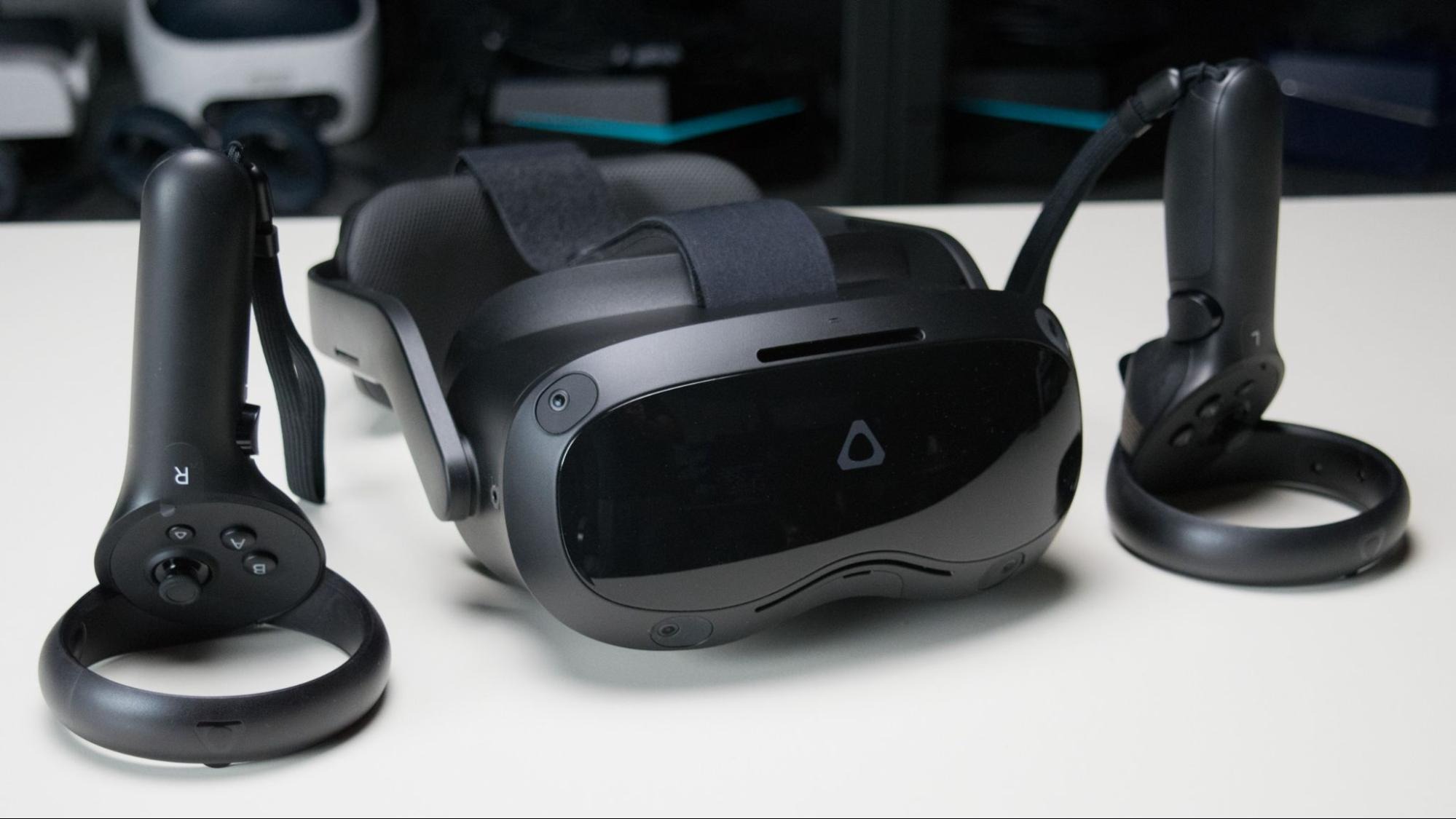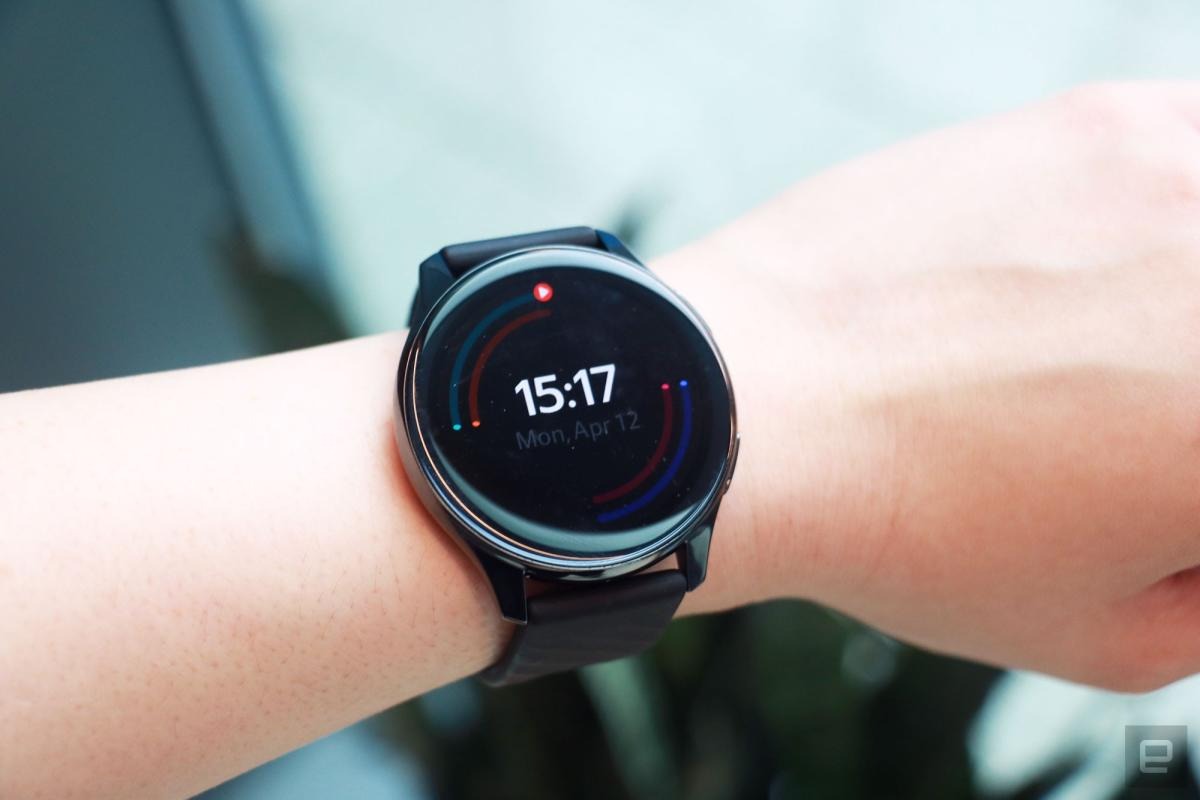After the introduction of the Oculus Rift and the HTC Vive, with which virtual reality was introduced for the first time in private households, the two companies went in very different directions. While Oculus was more focused on mainstream consumers, especially with last year’s Quest 2, the Vive was aimed at businesses and techies. This strategy has not always worked in Vive’s favor-the long-awaited Cosmos headset was a disappointment – but it probably makes more sense than competing directly with Facebook’s practically unlimited resources.
Enter the Vive Focus 3, a standalone headset for 1,300 that’s really just for business. Since it costs 1,000 more more than the Oculus Quest 2, not surprisingly, the Focus 3 offers superior hardware, ergonomics and build quality than the Oculus headset. This is the difference in the middle building a device that should be used in a professional environment throughout the day and something that you can use from time to time to play. The Vive Focus 3 is supposed to take.
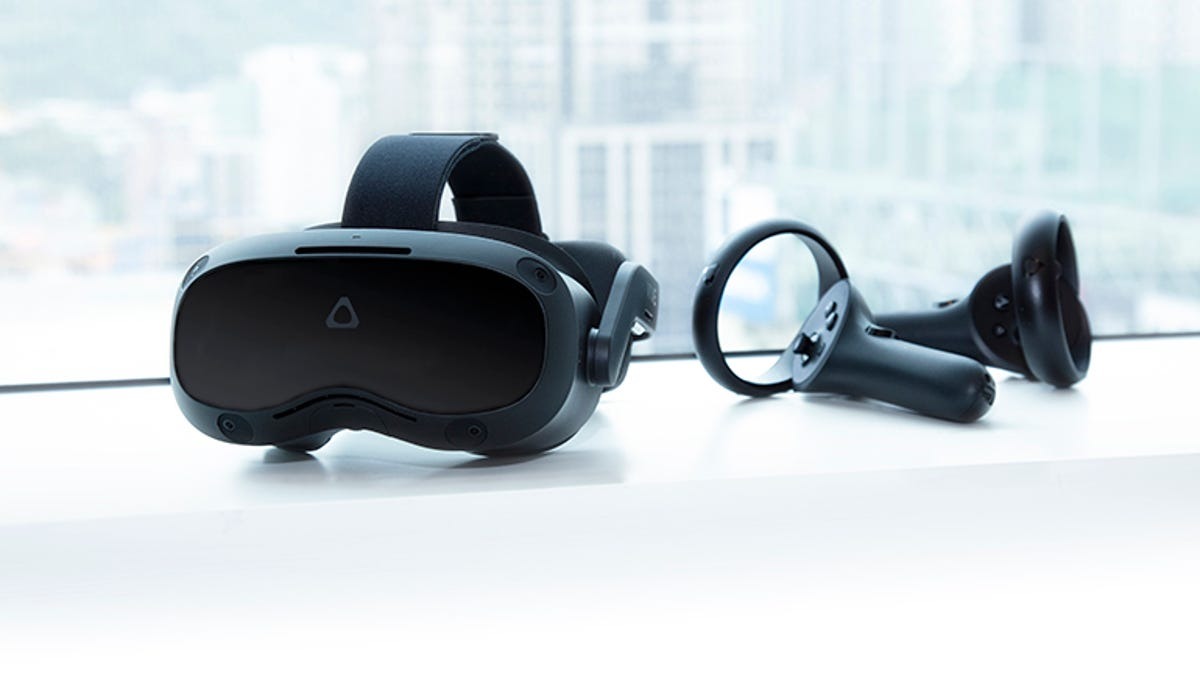
At first glance, the Focus 3 certainly looks more like a high-end VR workhorse than the Quest 2. While the Oculus headset has thin fabric straps and a minimalist eyewear design, the Focus 3 looks like expensive ski goggles that have been turned into a virtual reality device. The magnesium alloy frame is still technically made of plastic, but it is more durable than the Quest’s thin matter (HTC Vive claims that it is 20 percent lighter and five times stronger than conventional plastic). As much as I liked the Quest 2, you can immediately feel how much Oculus saved on its materials to achieve this low price of 299.
While Oculus was concerned with the sleek, curvy aesthetic of the Apple gadget, HTC Vive opted for sharper lines and a more elaborate design. The Focus 3’s head strap, for example, seems to have a lot more to do with a plastic frame, tons of cushioning, and a rear dial to tighten it all up. It is also tilted to the sides so that it never touches your ears, which goes a long way in making the VR experience more comfortable. The back part of the strap may seem thick, but that’s because it also houses the Focus 3’s battery. If you put a little more garbage in the trunk, you can balance the weight so that it does not bend uncomfortably over your nose, as with some previous VR headsets. (The elite strap and the rear battery of the Quest 2 provide a similar balance, so the design of the Focus 3 is not entirely innovative.)
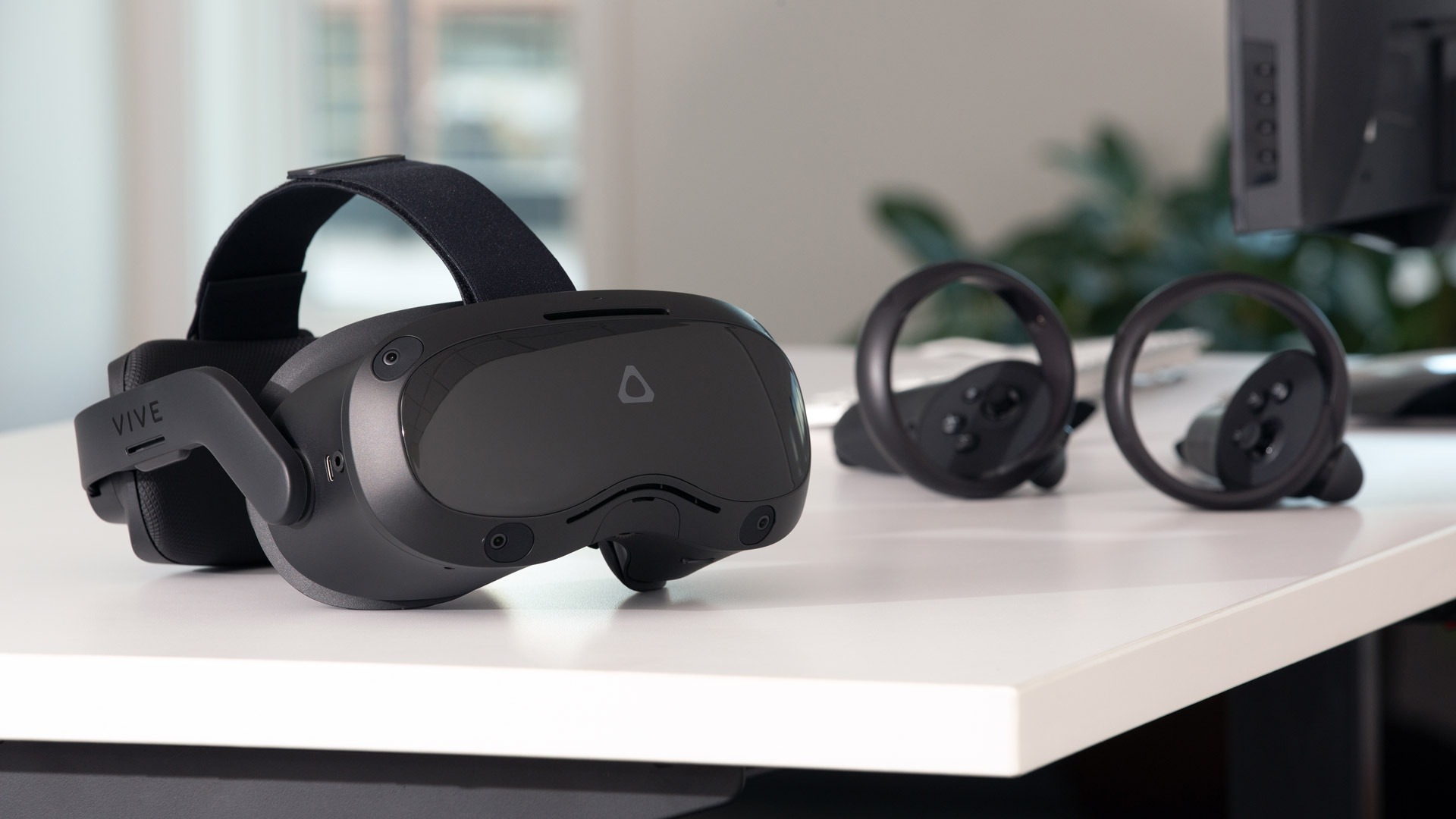
The battery of the Focus 3 is removable, which allows companies to keep a single headset in continuous operation throughout the day. One disadvantage of this unique battery design is that despite having a USB-C port, the Focus 3 is powered via a proprietary power supply.as a concession, the company includes a double USB-C cable that connects to the headset and can power both controllers at the same time. Your desk may look like a sea of cables, but at least you can make sure that all your VR equipment is powered.
While its design shows how much HTC Vive has learned over the years, it’s what’s hidden under the hood that makes the Focus 3 special. It is powered by a Qualcomm Snapdragon XR 2 chip, similar to the Quest 2, but also runs at a higher clock speed. (To achieve faster and more consistent performance, HTC Vive has also attached a heat pipe and a fan to the front of the headset.) The Focus 3’s displays offer a resolution of 5k (4,896 x 2,448 pixels), a smooth refresh rate of 90 Hz and a wide field of view of 120 degrees. In comparison, the Quest 2’s screen is close to 4K and has an estimated field of view of 90 to 100 degrees (depending on where you position the lenses). Both headsets offer LCDs with RGB subpixels, which improves sharpness and clarity over the PenTile OLED displays of previous models.
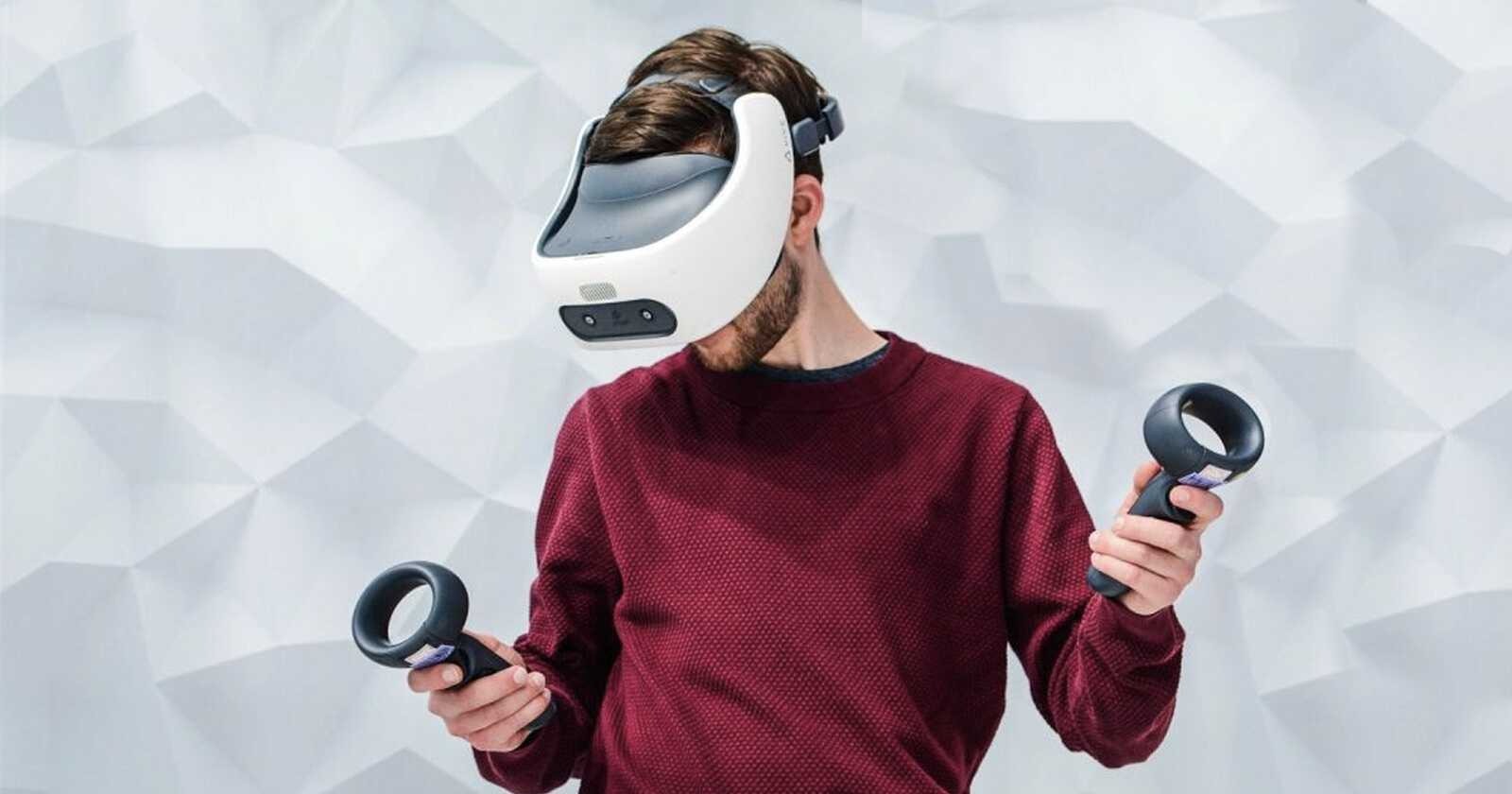
When it comes to VR technology, the Focus 3 has pretty much everything you could want from a modern headset. But there are some simple, less technical improvements that I also liked, such as support for large, 150 mm wide bezels. I usually need a little effort to clamp a headset to my frames, and they will inevitably be torn off when I get out of virtual reality. But I never had to manage that with the Focus 3 thanks to its spacious interior. There is also an IPD dial that allows you to narrow down exactly how the lenses hit your eyes; the Quest 2 gives you only a few options for setting IPD. The elaborate padding around the front and back also allocates significantly to the fact that you forget that you are even wearing a VR headset.
Even the Focus 3’s controllers are superior than anything we’ve seen from HTC Vive before. They are similar to those of Oculus and have a round tracking ring, face catch’s, as well as the standard grip and trigger catch’s. Obviously, they are light years behind the great controllers that come with the original HTC Vive. Nevertheless, Oculus has the advantage when it comes to general ergonomics. The gamepads of the Quest 2 are contoured to fit your hands superior, especially for fast games. Holding the controllers of the Focus 3 is more cumbersome during long virtual reality sessions.
